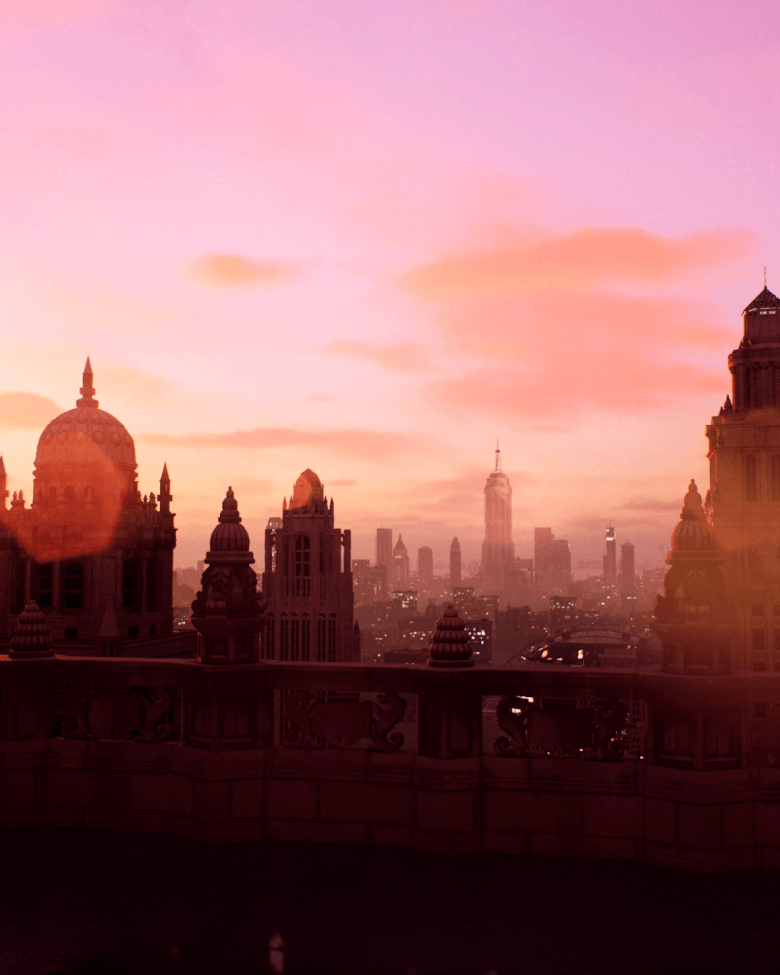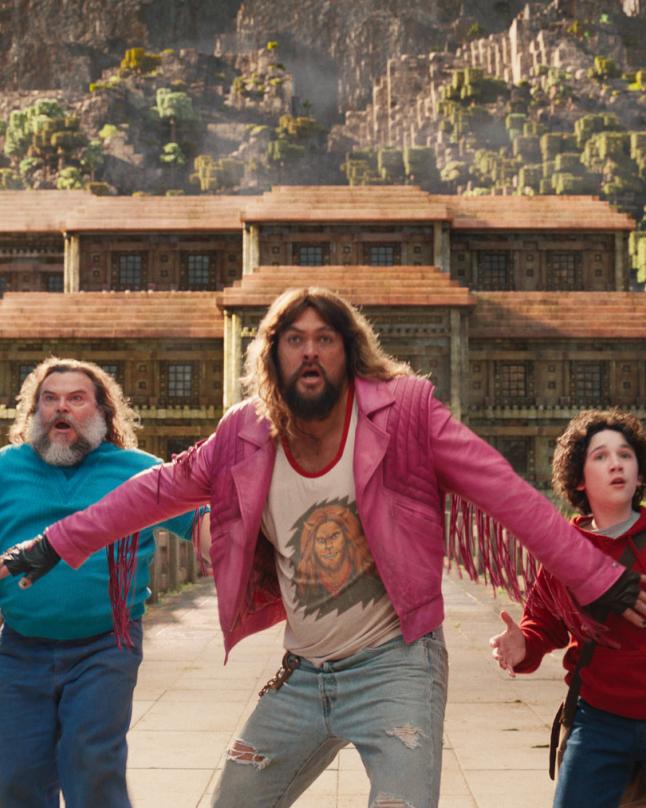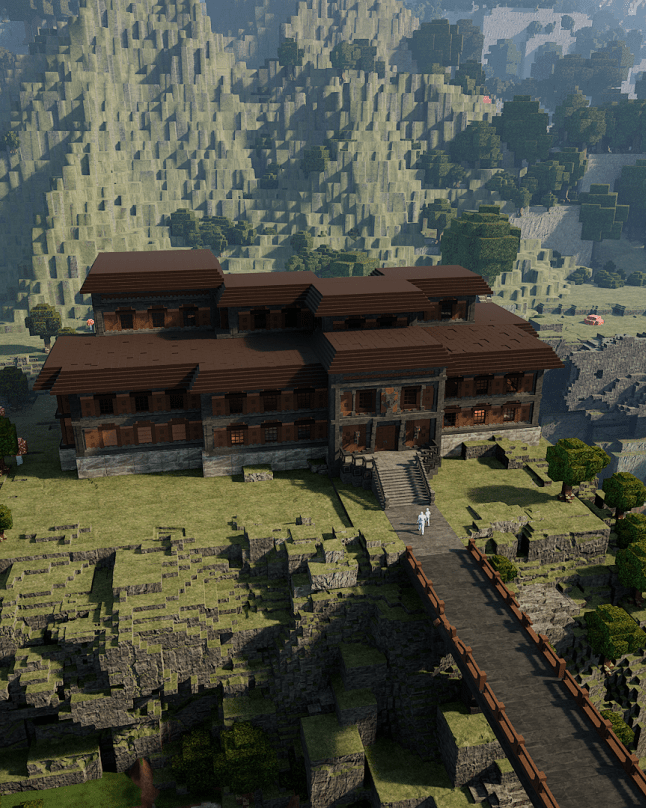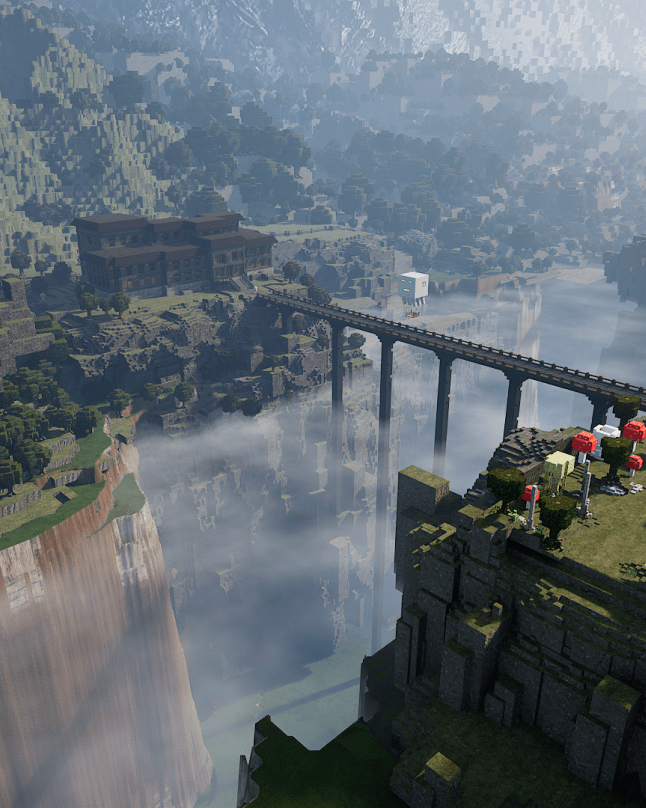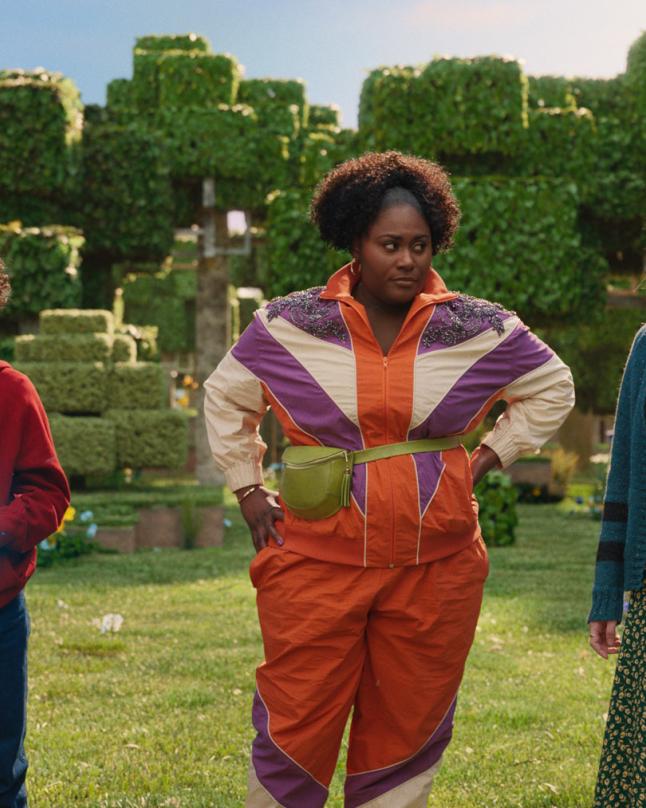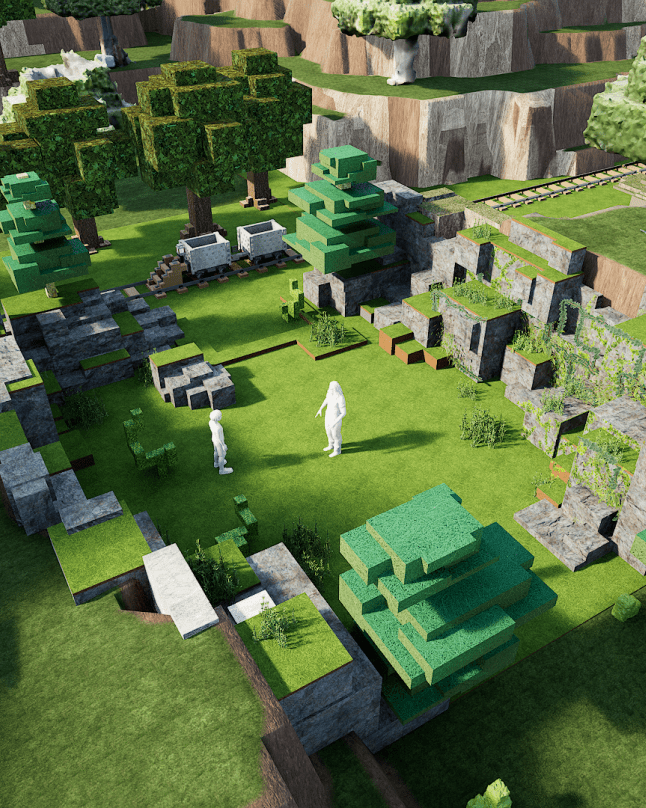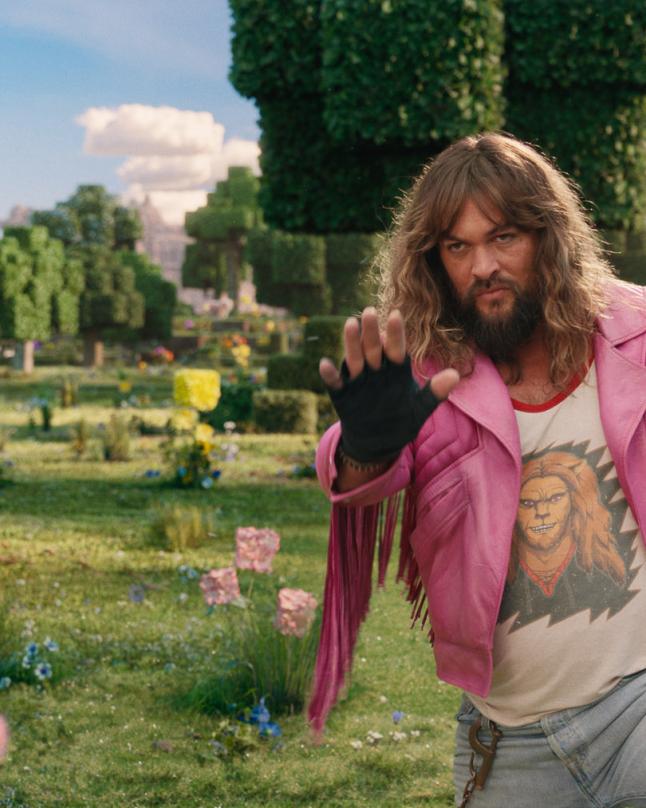Bringing A Minecraft Movie to life with Disguise Services’ Virtual Art Department
Services
Virtual Production
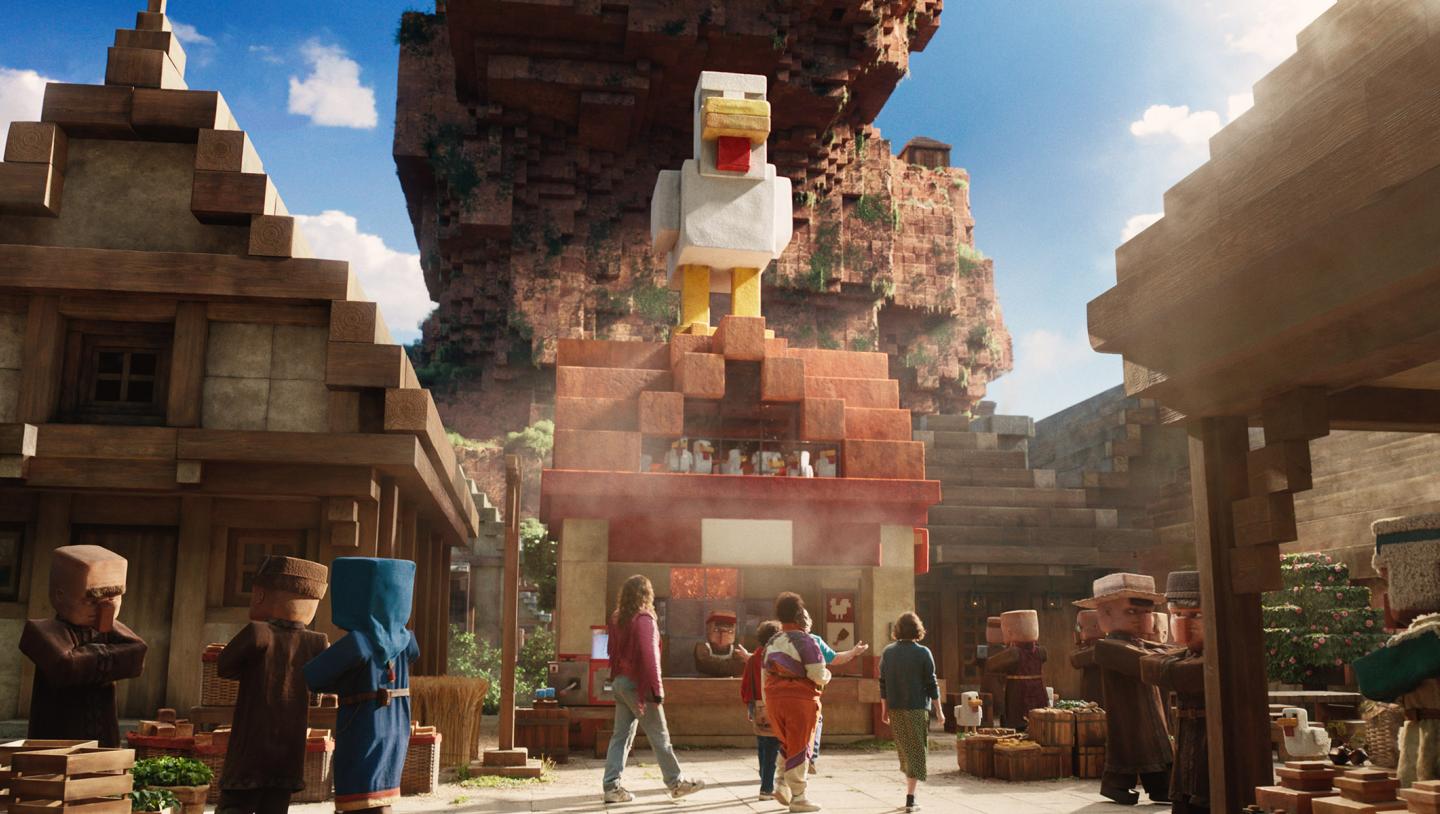
A Minecraft Movie, the widely anticipated live-action adaptation of the fan-favourite game, brings Minecraft’s blocky world to the big screen with real-time 3D environments built in Unreal Engine. Disguise Services was brought in to provide virtual production services as part of the film’s Virtual Art Department (VAD), working closely with the director, art department, and VFX team to turn concept art and Rhino models into fully explorable virtual sets. From large-scale landscapes to shot planning and Simulcam workflows, the VAD team helped drive both creative and technical decisions, making sure the look and feel of the game carried through every frame.
The Challenge
The film posed a unique set of creative and technical challenges. It required the design of entirely fictional, stylised virtual worlds that had to blend seamlessly with live-action footage. These environments needed to support complex stunt choreography, live camera work and VFX integration - all while staying true to Minecraft’s iconic voxelised aesthetic. At the same time, the production needed a way to keep creative alignment across departments, enable fast-moving feedback during reviews, and ensure that digital environments would accurately inform everything from set builds to camera planning. With so many moving parts - and a tight schedule - there was a clear need for a centralised, adaptable workflow that could bridge creative vision and technical execution.
The Solution
Disguise Services was brought on in early pre-production of A Minecraft Movie, embedding Unreal Engine artists directly into the production team as part of the film’s Virtual Art Department. Over the course of 52 weeks, the VAD was responsible for utilising 2D concept art, and transforming set designs - originally created by the Art Department in Rhino - into fully navigable 3D environments within Unreal Engine.
To bring these environments to life, the VAD first cleaned and optimised these 3D models, as well as 3D assets provided by the VFX team, using tools like Blender, Cinema 4D, and Maya, before importing them into Unreal Engine. Materials were applied, lighting was developed and environments were extended where required to complete the virtual scenes.
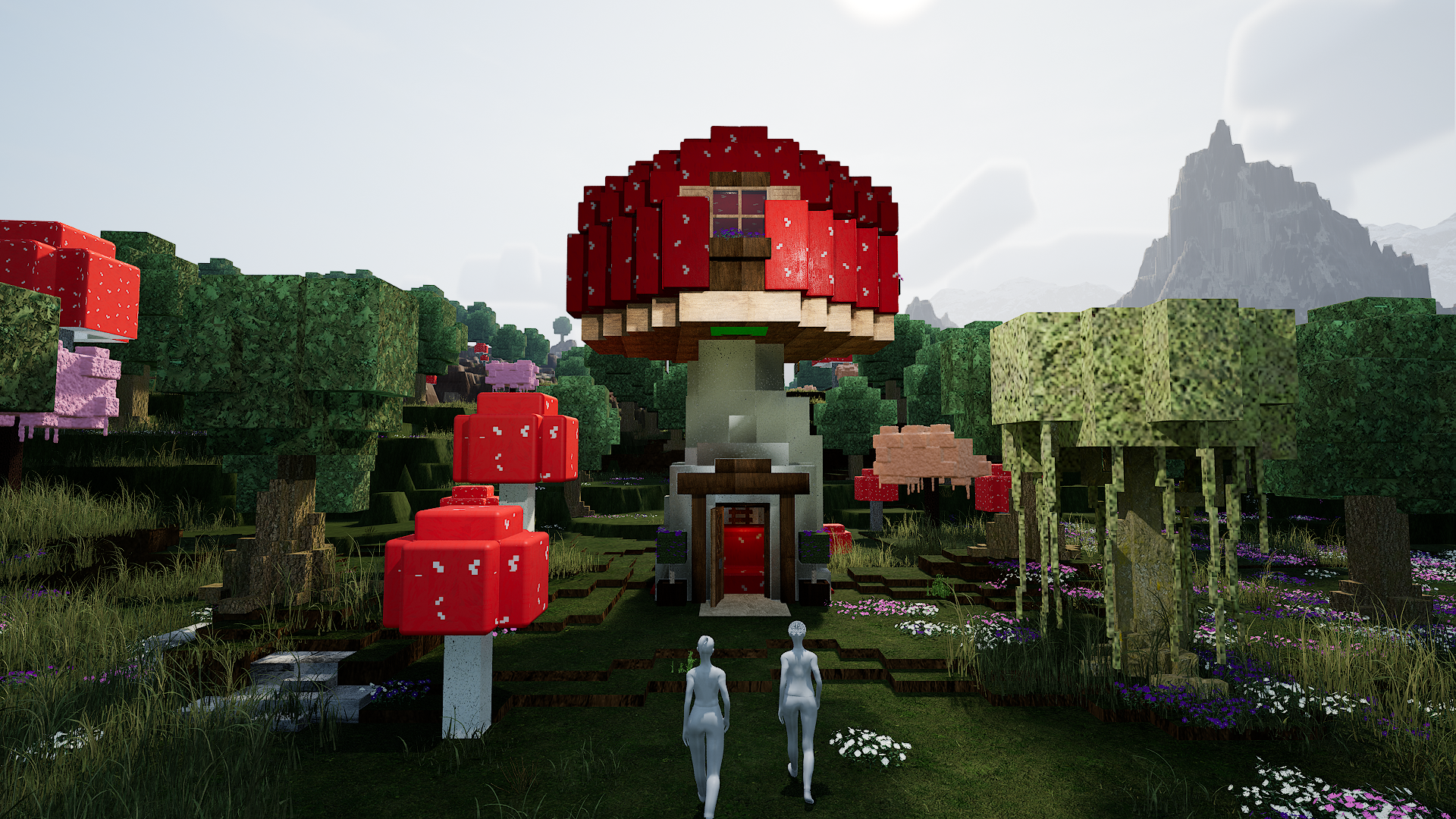
Disguise’s creative team worked on over 20 different 360° immersive environments, ranging from the film’s Midport Village location to expansive forests and detailed interiors like the Woodland Mansion and the Mushroom Safe House. These scenes served as vital tools across the production and were used for a variety of purposes, including supporting departmental reviews, assisting VFX planning, and visualising stage layouts. They also enabled director Jared Hess to explore shot compositions and experiment with camera movement, and helped VFX vendors to align their digital environments and set extensions with the approved production layouts.
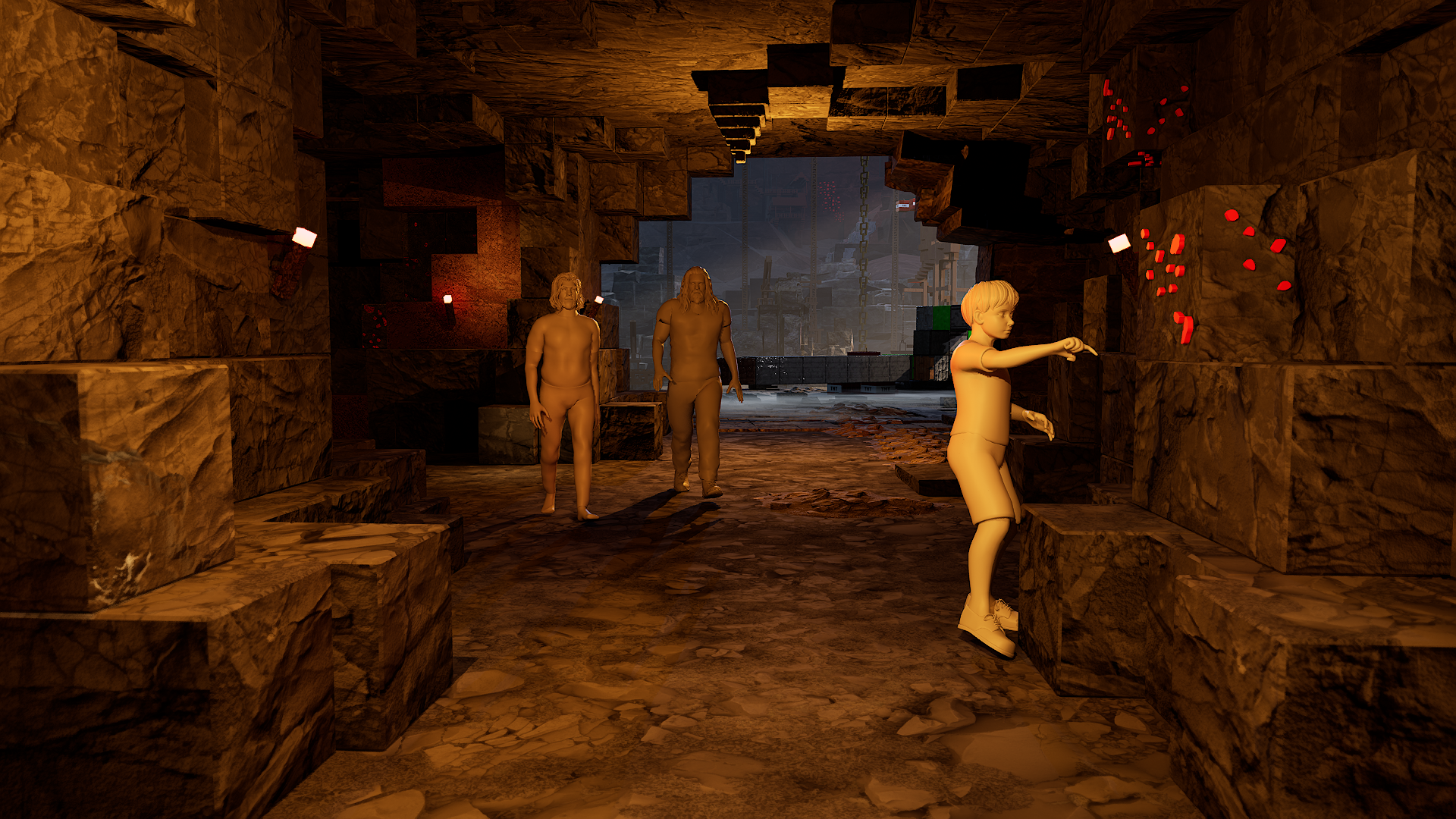
Designing the environments in 360°gave the creative team opportunities to discover new angles or block options that hadn’t been planned originally, often influencing the final shot design in unexpected and exciting ways!

Senior Unreal Artist, Disguise Services
The blocky, voxelised style of the game had a huge influence on the design process. In order to stay true to the Minecraft aesthetic, geometry was brought in directly from the game to help block out areas - for instance, in the Elytra flight chase scene, which takes place through a large canyon. The VAD made sure to adhere to the look and feel defined by the Art Department, voxelising as many assets as possible in Unreal and ensuring the scale, texture and lighting felt cohesive and intentional.

To align with the changing lighting requirements on set, the VAD also incorporated a custom real-time sky blueprint within Unreal in order to quickly adjust the virtual lighting to match - all while staying true to the Art Department’s original vision.
The collaboration between the Art Department and the VAD was really valuable. It allowed us to maintain a balance between creative interpretation and game accuracy – and, being a bunch of nerds, we could offer suggestions with a player’s perspective in mind.

Unreal Artist, Disguise Services
By keeping scenes modular and well-organised, breaking environments down into manageable components, the VAD could ensure that the Unreal levels could be easily reviewed by the Director, Production Designer, DOP and VFX Supervisor. Using Perforce for version control, the team could safely work in parallel across shared levels, with sub-levels allowing multiple artists to contribute without overwriting each other’s work. This allowed for fast, on-the-fly updates - like relighting the stage of the final battle - without slowing down the pipeline.
Beyond virtual world-building, Disguise established the VAD as the central hub of a modern production pipeline - acting as both a creative engine and technical bridge across departments to maintain consistency, speed up workflows and keep the entire team aligned. From pre-production through to shoot days, the VAD played an active role in shaping how Minecraft’s world came to life on screen.
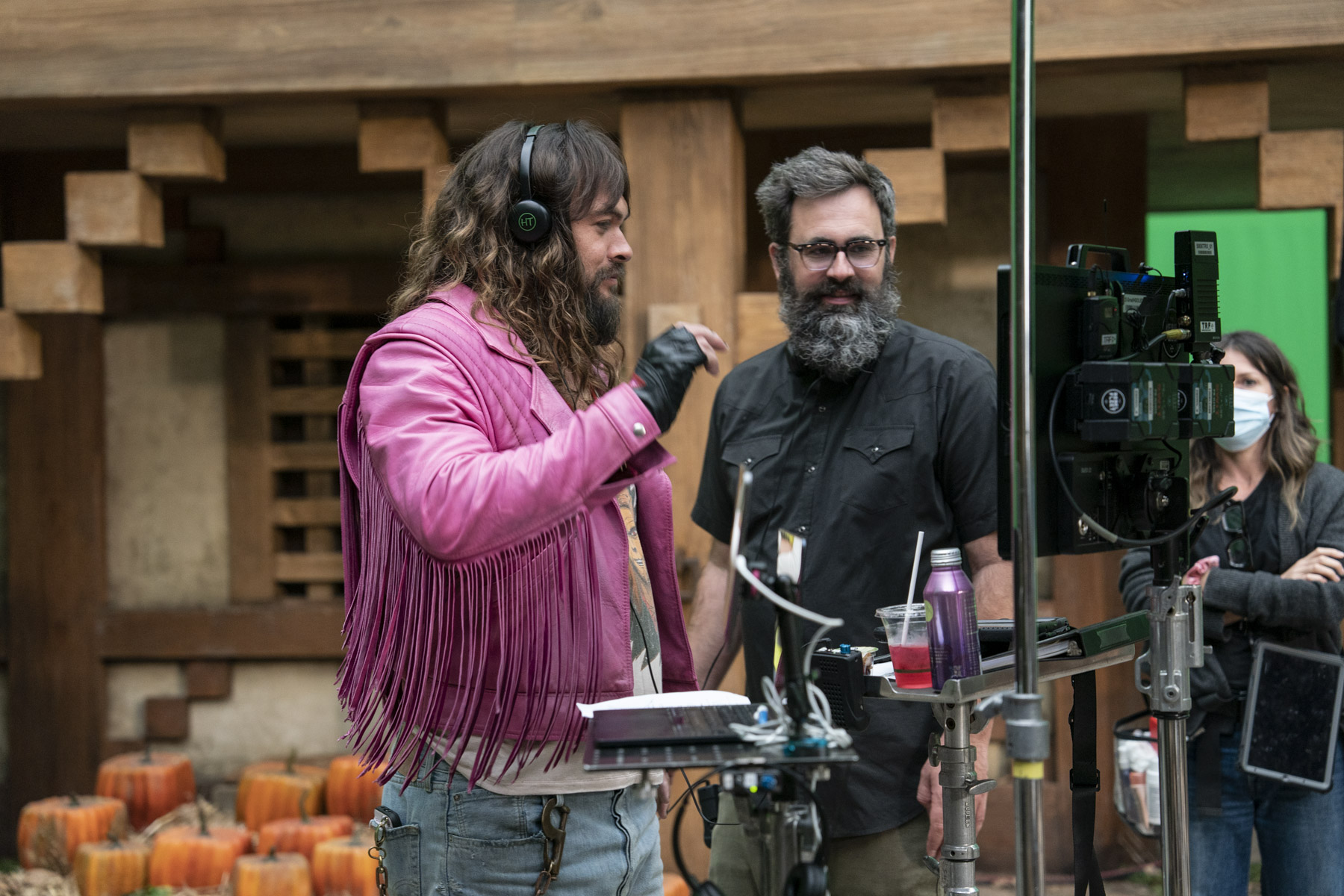
The Results
By embedding directly within the production pipeline and collaborating across departments,
Disguise Services showcased the full potential of working with a high-calibre Virtual Art Department. The team played a pivotal role in shaping A Minecraft Movie, helping streamline decision-making, reducing physical set builds, and keeping creative intent aligned from concept to post. Unreal Engine environments became essential tools - used not just for previs, but for blocking action, planning stunts, and informing VFX handoffs. Real-time workflows enabled faster iteration, while Simulcam support gave filmmakers a clear, on-set view of how the final frame would come together.
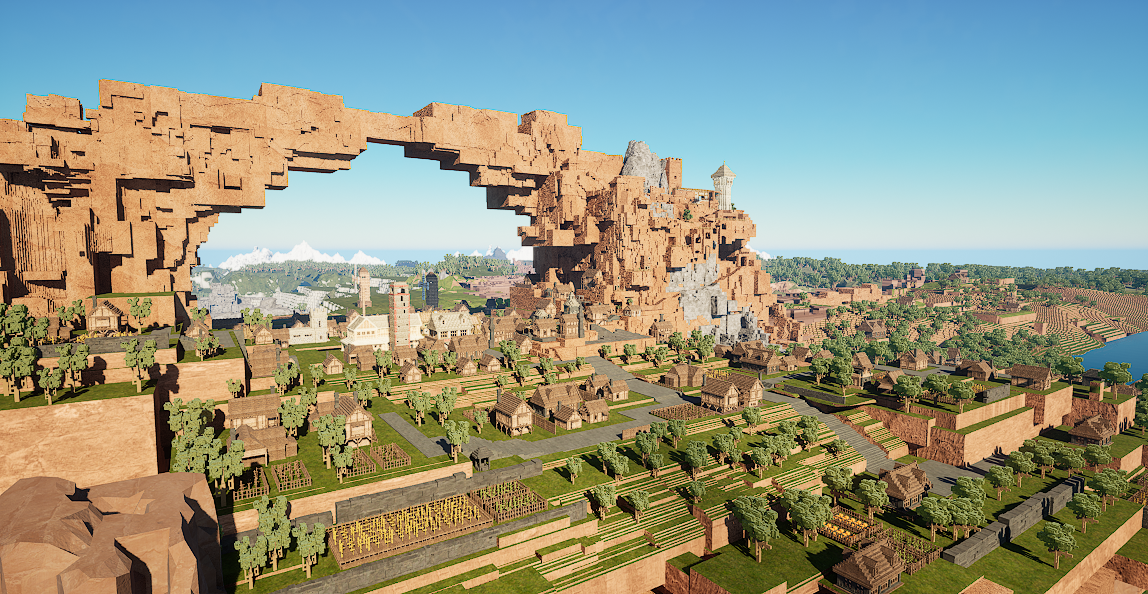
Most importantly, the team helped preserve the iconic look and feel of Minecraft—translating a game known for its simplicity into a cinematic world that felt playful, purposeful, and true to its source.
Smashing box office targets and hailed as one of 2025’s biggest cinematic hits, A Minecraft Movie perfectly encapsulates the growing trend of converging entertainment. Its success underscores how real-time tools and integrated workflows are shaping the future of production, especially as the lines between gaming and cinema continue to blur.
Photos courtesy of Warner Bros. Pictures
The Ultimate Guide to working with the Virtual Art Department
Download now